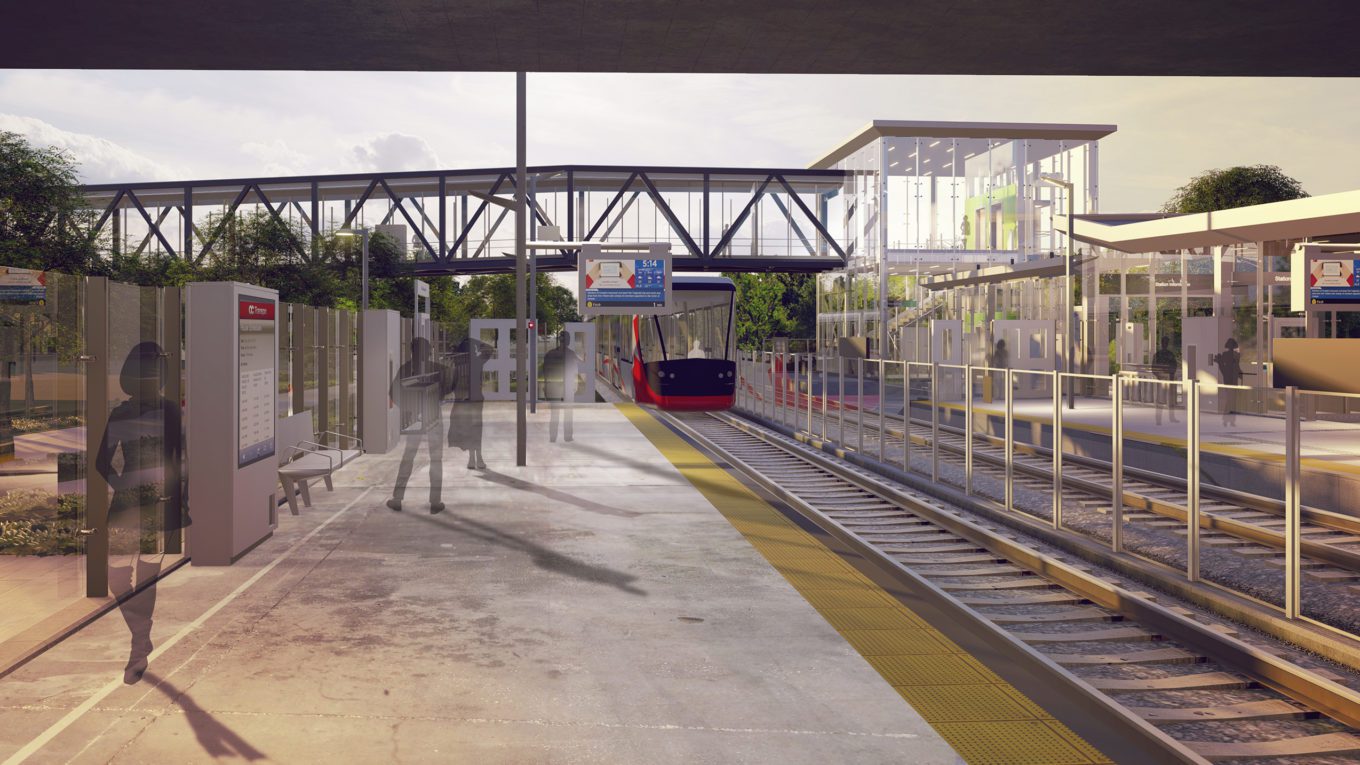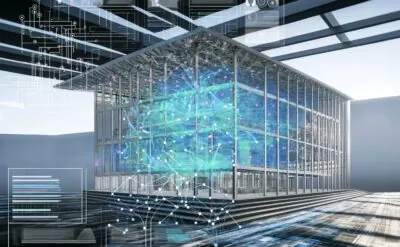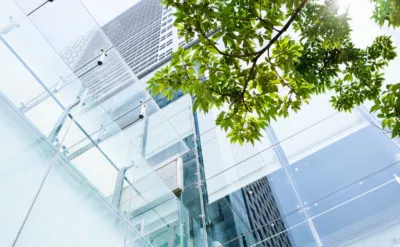The transportation sector experienced severe turbulence in 2020. With evolving global pandemic restrictions, passenger apprehension and resulting economic impacts, these factors combined have brought uncertainty to recovery timelines. From an architecture and engineering perspective, we are working with clients and partners to navigate the current and future environment across three segments of large-scale infrastructure projects, including transit, multi-modal hubs and aviation – the primary segments where NORR provides services.
In a roundtable discussion hosted by Rolfe Kaartinen, Vice President of Transportation, integrated team members identified key insights that will shape the sector moving forward.
Transit
Rolfe Kaartinen, Vice President
We have a long history of experience with LRT and subway projects that date back to 1944. NORR, born out of the John B Parkin architecture firm, was involved in the original Toronto Transit Commission (TTC) Line 1 stations with design consultation of the booths at the Adelaide Coach Station.
Today, NORR is providing design services for a number of light rail transit (LRT) stations on two major projects in Ontario, the Eglinton Crosstown LRT and the Trillium Line Extension Project. These long-term infrastructure projects will stay the course and bridge the pandemic as municipalities have committed significant funding to increase passenger access, efficiency and mobility, as well as to connect communities. We anticipate transit passenger traffic will return to pre-pandemic numbers long before these massive projects are delivered.
Kirk Aitken, Project Manager
Harnessing the increased bandwidth of both wired and wireless communications technology, we are designing modern stations that can be controlled from remote operations centers for passive security, operations and temperature control. These features all contribute to increased commuter confidence and an improved quality of life for transit riders.
There is also a large focus on both universal accessibility and crime prevention through Environmental Design (CPTED). With building design strategies enhanced through the use of technology, there is an increased move to an automated station experience, using electronic fare payment systems with reduced touchpoints, and entrances that are more open to the exterior, letting in natural light.
Mark Keliar, Principal
The new era of transit stations introduces a new level of brand identity and wayfinding. The stations on the Eglinton Crosstown LRT Project incorporate a strong brand identity that brings continuity between the lines at street level, station entrances, lighting concepts, floor pattern and material used. Visually tying these elements together is intended to help passengers intuitively navigate through the system. By creating strong connections, we can create a complete travel experience that is seamless regardless of where the rider is along their journey.
Generally, there is a conscious effort to integrate accommodation for passenger connections via bike, with connections to surrounding bike and multi-use paths, and provisions for secure bike storage areas as part of the overall system. Due to the pandemic, in the next round of transit projects, we may begin to see further changes such as large open spaces and clear sightlines for enhanced navigation, more space for movement, and incorporating more sunlight with connection to outside world.
Multi-Modal Hubs
Silvio Baldassarra, Chairman
NORR was selected to lead the Union Station Revitalization project in Toronto, ON, the most technically innovative architecture and engineering solution to ever be implemented at this scale in Canada. Union Station, a National Historic Site, is the busiest transit hub in Canada and required expansion and restoration to accommodate significant passenger growth and to create a destination, commercial retail hub.
The expansion work all took place about 13 feet underground, covering one full city block, the equivalent of one million square feet. The project took 14 years, start to finish, to complete with operations maintained and uninterrupted service during construction.
At the core of the design was how to move passengers through the building, connecting at multiple levels, multiple tracks and multiple paths in the most efficient way. We call it the “building processor” strategy, and in this case, it was done at a large scale in a dense urban fabric. We drew on the knowledge of our transit, airport, commercial, retail and urban design teams to model passenger flows from each unique perspective into one successful program.
Mark Keliar, Principal
We have led studies that focus on how to manage new and future developments that can integrate and connect to existing buildings, transit stations, bus routes, pedestrian and bike paths, and accessible transit connections, in the form of multi-modal hubs. These projects must be well-planned years in advance as the designs are complex and involve large teams with considerations for technical, financial and scheduling components. NORR’s ongoing involvement in various types and scales of transit projects offers a broad understanding of multi-stakeholder requirements, and the ability to successfully coordinate and execute these projects.
NORR is the transit architect for the Canada Square Redevelopment in midtown Toronto, ON. Located directly above an interchange station, our role will be to design major transit improvements including a new bus terminal integrated with an existing subway concourse, and new passenger entrance connections from grade, increasing passenger connectivity in parallel with a new public landscape plaza proposed as part of the project.
Aviation
Rolfe Kaartinen, Vice President
One of the hardest hit segments through the pandemic is aviation, which continues to be financially challenged as governments consider stimulus packages to help airlines with a level of recovery. In the short term, operators, architects and engineers begin to reimagine the underutilized space of these heavy infrastructure buildings. Can spaces be converted to rapid testing reception centers? Can check-ins be temporarily converted to package drop offs and can dark terminal buildings be temporarily converted to parcel processing plants? These are real questions we are responding to in order for airports to generate short-term revenue.
Kevin Stephen, Director
Passenger confidence and trust is vital to air travel returning to its pre-pandemic levels. Over time, air travel and passenger numbers will recover and development and expansion work will return. Here in Scotland, our Edinburg Airport client had been realizing year-on-year passenger growth and had just recorded a single record year of 14 million passengers in 2019. Since the pandemic, passenger numbers have fallen by over 90%. This significant drop in passenger numbers has a large impact on revenue and therefore the capital expenditure program.
To adapt to the shortfall in passenger numbers, we are seeing UK airports find new ways to earn revenue. As a result of Brexit, there are cargo holdups at ports typically used for shipping, so our airport clients have asked us to design cargo facilities to help alleviate the pressure on UK ports. Everyone is adjusting in real-time and as designers, we need to do the same.
From a different perspective, innovation in the space and satellite sectors has led to a requirement for non-passenger related launch vehicle flight. Space Hubs are an emerging market in the UK, and we are currently designing a vertical launch Space Hub facility in Sutherland, Scotland and a horizontal launch facility at Glasgow Prestwick Airport, Scotland. Both sites send small satellites into orbit. Prestwick Spaceport is our latest spaceport project and it is being located in the aerodrome of a live and operational airport, so we have been able to utilize both our space hub and airport knowledge to develop the scheme for this exciting project. In addition to our space hub work, we have also pursued significant RAF (Royal Air Force) projects and have secured appointments for two large-scale projects at RAF Lossiemouth and RAF Fairford.
Although the pandemic has impacted commercial airport projects, we have adapted and utilized our knowledge and skills to advance projects that are located on airfields and have air travel at their heart.



